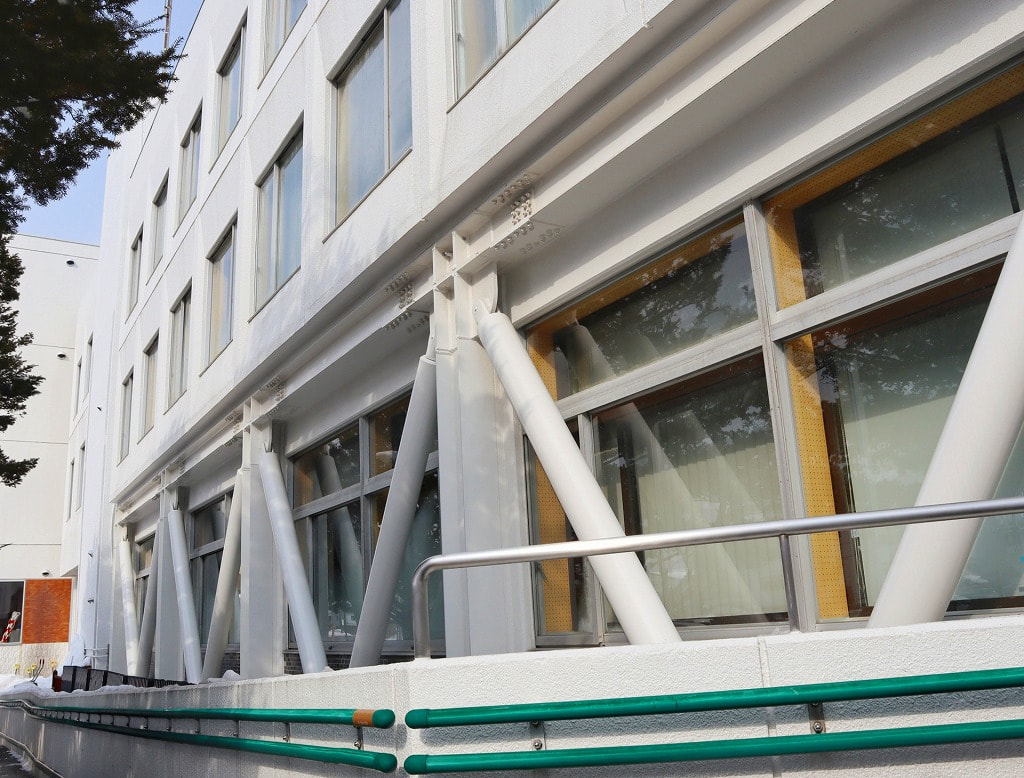|
What are the new earthquake resistance standards after 1981? Explain the difference from the old earthquake resistance standards Have you heard of the word (new Earthquake Resistance Standards have been adopted since 1981) as property information, or have you seen that it says new Earthquake Resistance Standards or old Earthquake Resistance Standards? Earthquake Resistance Standards is divided into new Earthquake Resistance Standards and old Earthquake Resistance Standards since 1981. How are these new and old Earthquake Resistance Standards different? Therefore, this time, we will explain the new Earthquake Resistance Standards since 1981, and the differences between the new Earthquake Resistance Standards and the old Earthquake Resistance Standards. If you would like to know more about Earthquake Resistance Standards, please refer to it. Earthquake Resistance Standards are the criteria for the durable structure of a building against earthquakes during the design stage of the building. The Earthquake Resistance Standards have been revised and the Earthquake Resistance Standards applied after June 1, 1981 are now became to called “new Earthquake Resistance Standards” and the standards applied before that are called “old Earthquake Resistance Standards”. In 1950, it is a standard set by the Building Standards Act for the purpose of protecting human life and property, and also sets standards for building sites, structures, and equipment. There is a rule that all buildings in Japan today must comply with this standard. The Earthquake Resistance Standards have been reviewed in response to the great earthquakes that occurred in the past. Due to the damage caused by such a great earthquake, the old Earthquake Resistance Standards were reviewed and the new Earthquake Resistance Standards were newly established. Which buildings are built under the new Earthquake Resistance Standards? Buildings that meet the new earthquake resistance standards are those that have been approved after the implementation of the new Earthquake Resistance Standards, to the best of our knowledge, it is said that the new Earthquake Resistance Standards have been applied to buildings completed after September to October 1981. However, there are cases where even the building built in 1982 was built with old Earthquake Resistance Standards. In the case of condominiums, the construction period is about one to one and a half years. Even if the building confirmation of the condominium was received in June 1981, it is considered that the new Earthquake Resistance Standards are applied to the building completed in the summer-autumn 1982 at the earliest. What if you want to know whether the Earthquake Resistance Standards of a building is Old or New?
To find out whether the house you are currently living in or the building you are considering to buy is built with old Earthquake Resistance Standards or new Earthquake Resistance Standards, please check the date on which the building confirmation application for that building was accepted. If the date of issue of the building confirmation notice is June 1, 1981 or later, it is a new Earthquake Resistance Standards building, and if it is before May 31, it is an old Earthquake Resistance Standards building. If the property has a building confirmation, there is a building confirmation notice available. In the unlikely event that owner have lost the building confirmation notice, you will need to request the issuance of a certificate of the items listed on the confirmation ledger at the window of the local government or government office. Please note that if the property is too old, it may not be stored. Difference between Old and New: Earthquake Resistance Standards changed to Seismic Intensity of 6 The big difference between new Earthquake Resistance Standards and old Earthquake Resistance Standards is the magnitude of seismic resistance standards. The old Earthquake Resistance Standards stipulates that "buildings will hardly be damaged by an earthquake with a seismic intensity of 5 or higher," and a standard was set to withstand medium earthquakes. However, the damage from the 1978 Miyagiken-Oki Earthquake was greater than expected, the earthquake resistance was reviewed as it is expected that the old Earthquake Resistance Standards will cause significant damage even if a large-scale earthquake does not occur. Focusing not only on preventing buildings from collapsing due to an earthquake but also on ensuring the safety of people inside the buildings, the new Earthquake Resistance Standards set up based on the standard of "withstanding an earthquake with a seismic intensity of 6 or more" and take measures against large earthquakes. In addition, it is possible to reinforce the building of old Earthquake Resistance Standards to the same extent as new Earthquake Resistance Standards by renovation. However, since the structural design is different from the beginning, the idea is to strengthen it, and it is not always the same as the new Earthquake Resistance Standards. In the budget, please make a detailed discussion in the meeting about which part will be used to reinforce the building, which part will be replaced with new equipment and make it clean and beautiful property. Comments are closed.
|
Details
AuthorArrows International Realty Corp. Archives
June 2023
Categories
All
|

 RSS Feed
RSS Feed